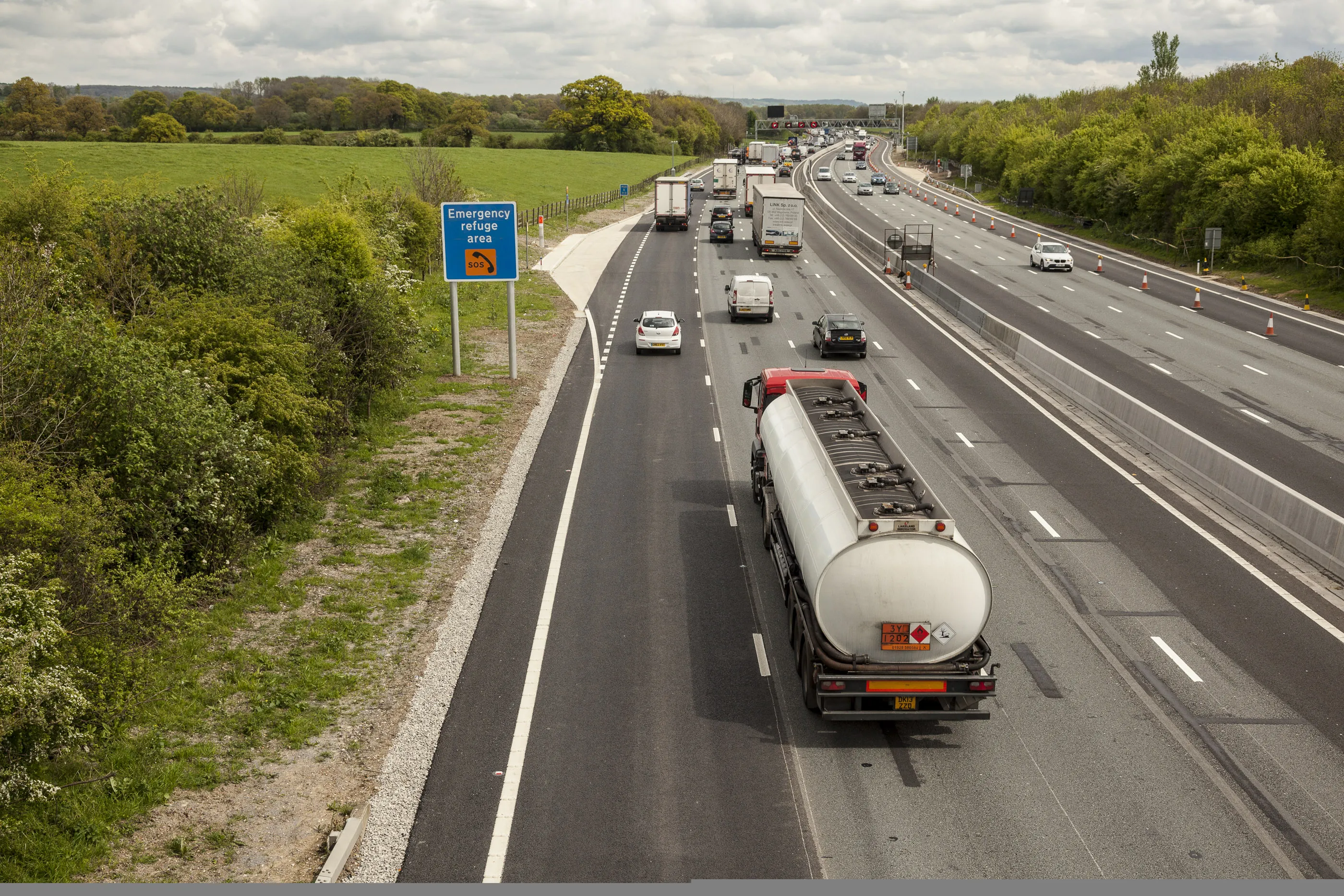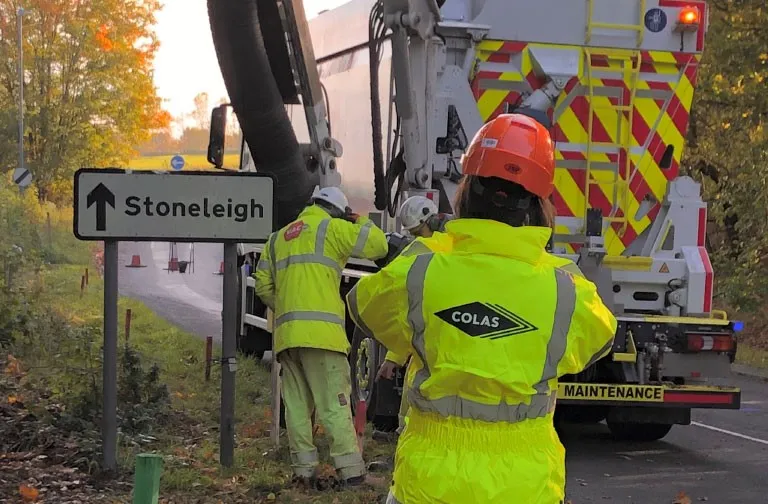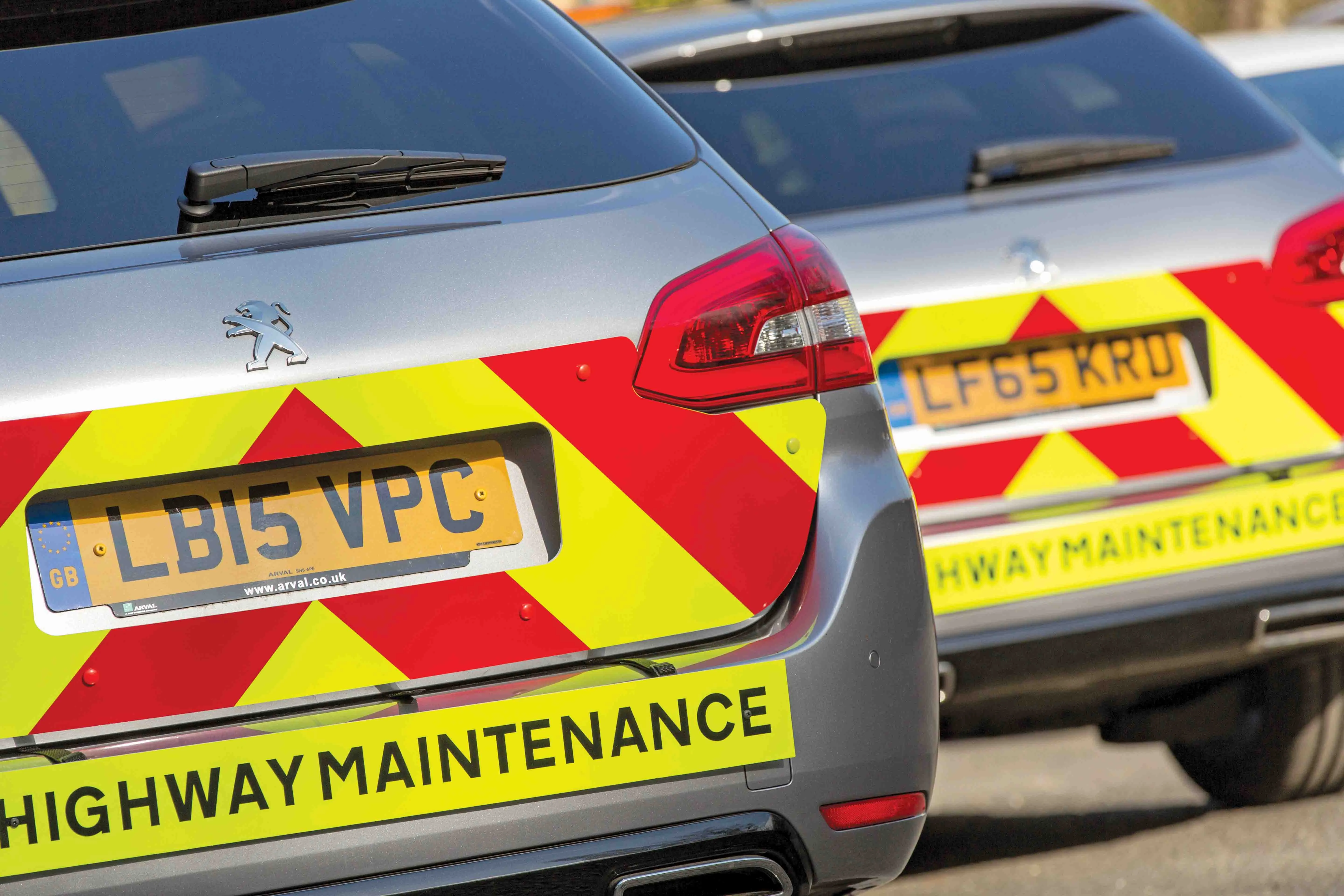Joint venture contractor Skanska Balfour Beatty has completed work on a 19km section of the M25 motorway in the UK, six months ahead of schedule. Work on the M25 scheme between junctions 5 and 7 in Kent and Surrey forms part of a new generation of technology-driven improvements on the UK’s strategic road network.
May 1, 2014
Read time: 2 mins

Joint venture contractor 2296 Skanska 1146 Balfour Beatty has completed work on a 19km section of the M25 motorway in the UK, six months ahead of schedule. Work on the M25 scheme between junctions 5 and 7 in Kent and Surrey forms part of a new generation of technology-driven improvements on the UK’s strategic road network. These smart motorways are intended to deliver increased overall capacity, shorter journey times and reduced congestion. An overhead technology system provides drivers with optimum driving speeds to ensure that these goals are achieved. The scheme is contributing to making the busy M25 technologically advanced, with hard shoulder running and variable speed limits combining to make a permanent all-lane running smart motorway. Skanska Balfour Beatty has used Building Information Modelling (BIM) to provide real-time information to the construction teams and allow improvements to the design, reducing the need for time being spent on manual intervention. The project has utilised an electronic sign-off system which has led to a reduction in the delays incurred by previous off-line methods and also helped to save on initial project budget projections. Meanwhile over 90% of materials including fill material have come from recycled or reclaimed sources.
John Payne,2309 Highways Agency Project Manager said, “The improvements on the M25 in Kent and Surrey are part of the £1.7 billion of investment into roads in the South East by 2021. The new smart motorway will provide extra capacity and offer more reliable journeys for the 140,000 drivers that use this stretch of road every day. I’m particularly pleased that the southern section of the M25 has opened well ahead of planned completion this winter thanks to rescheduling of the programme.”
Drivers will also benefit from the full completion of the Northern section between Junctions 23 to 27 later this year.
John Payne,
Drivers will also benefit from the full completion of the Northern section between Junctions 23 to 27 later this year.









